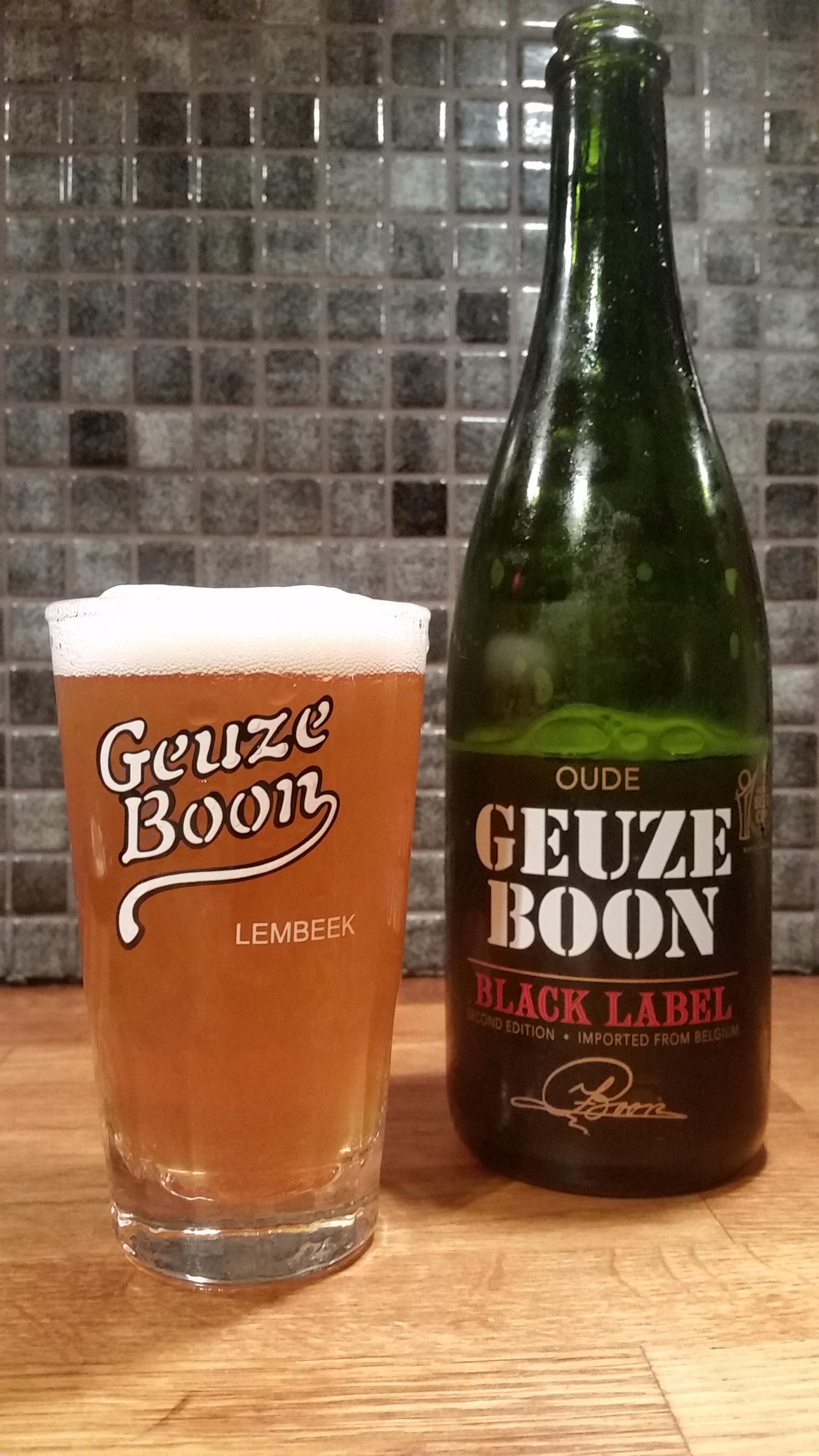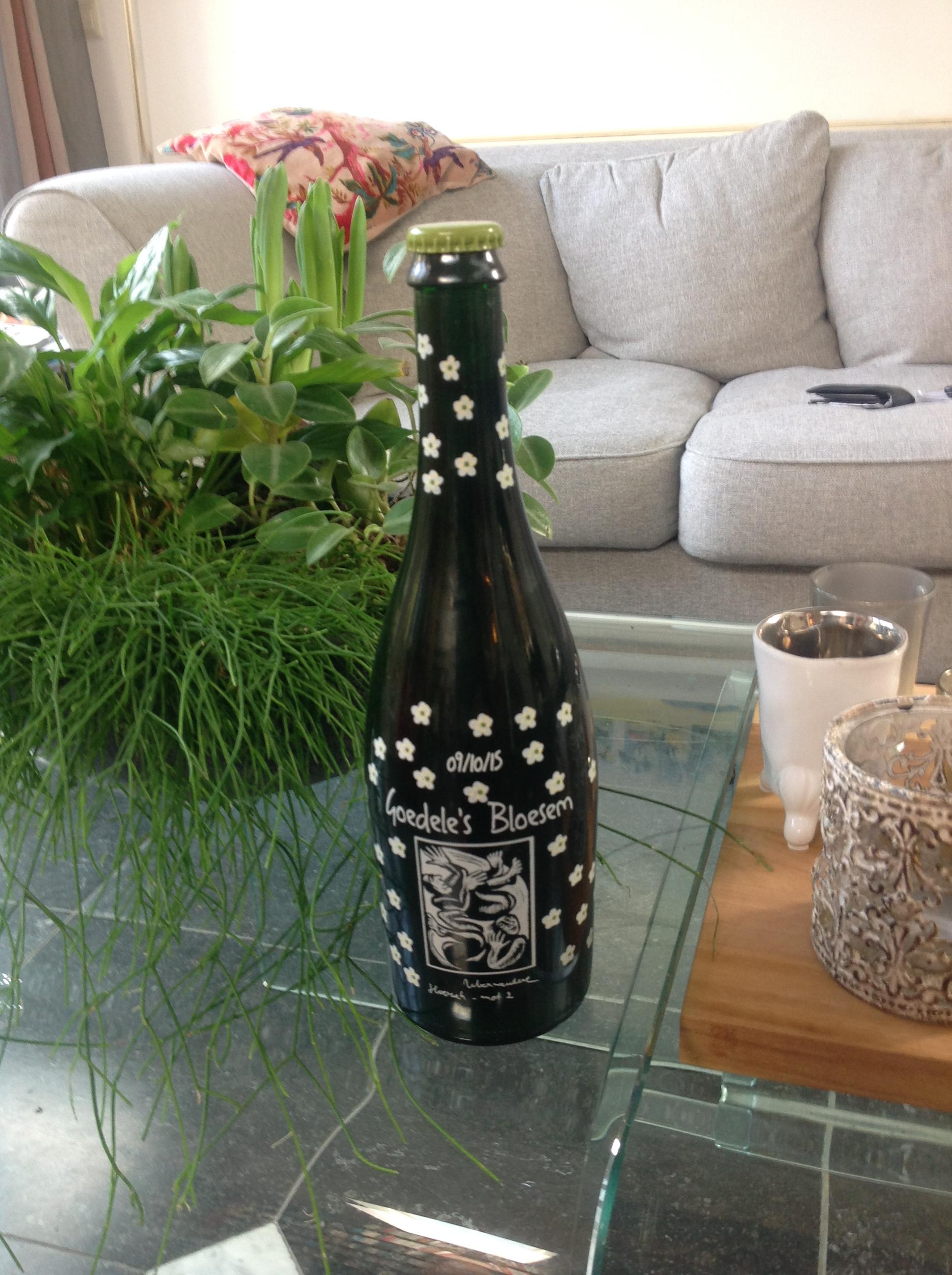Random comment/observation, and I'm asking partly to clarify my own thinking on this. Reading the cellaring sections of the wiki, I came across this:
I don't think this is true. Or, rather, while it's true that bottles on their side have increased surface area of liquid exposed to the headspace (and thus gaseous oxygen), I don't think it matters
because the opposite is also true. That is, the increased surface are also increases the amount of oxygen dissolved in the liquid that comes into contact with the gas, and thus leaves the liquid for the headspace. I believe that these effects should cancel out, and the only thing that determines how much molecular oxygen ends up being dissolved in the liquid is its partial pressure in the headspace (ie
Henry's Law), which won't change with, well, anything other than the oxygen being consumed by yeast or the seal of the bottle failing.
It's entirely possible I'm missing something important here, but no matter how hard I try I can't find any rationale for the surface area exposed to gas mattering (and the wiki doesn't even mention any consequences of the supposed difference, it's pretty much a throwaway line).







